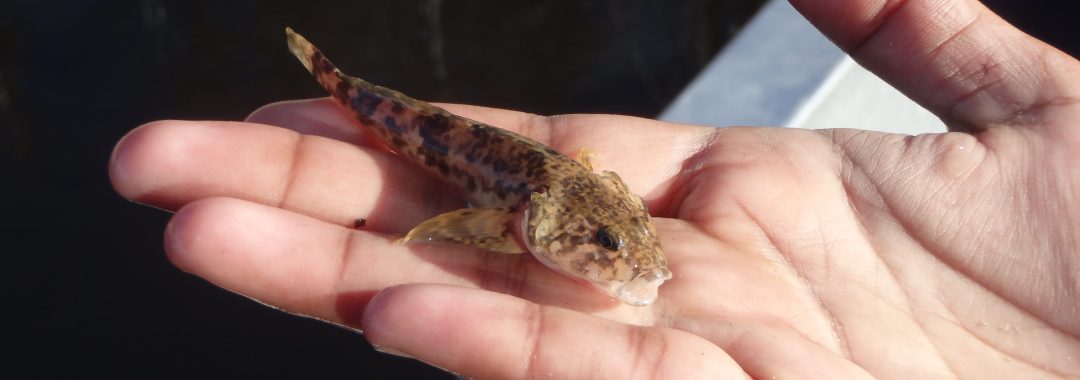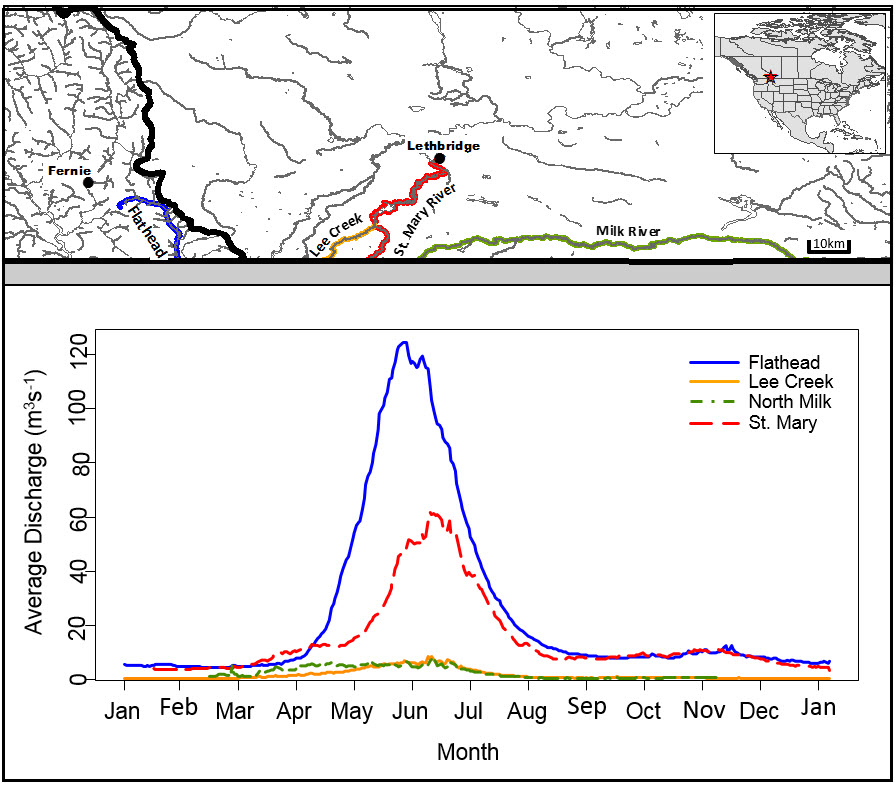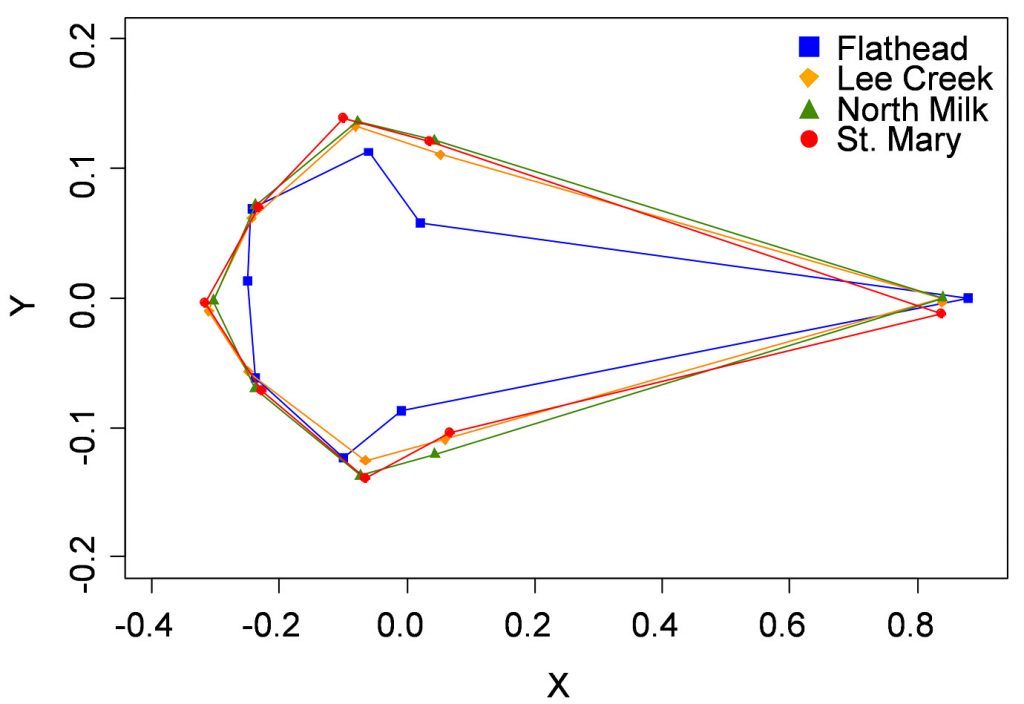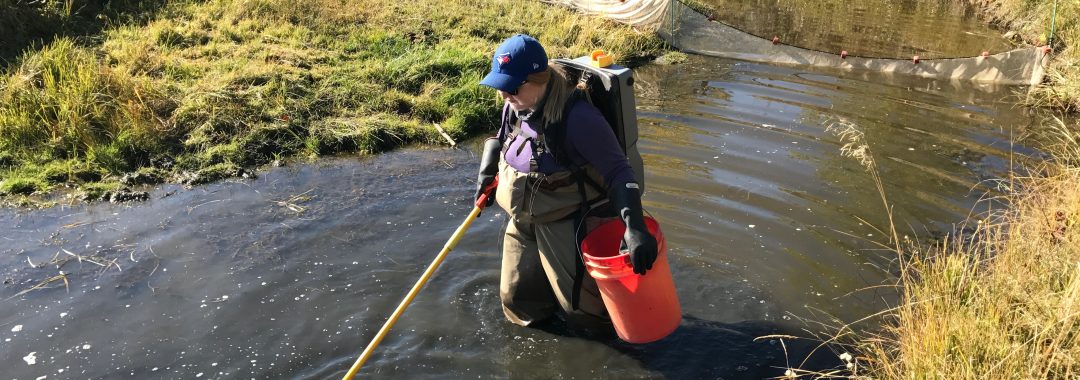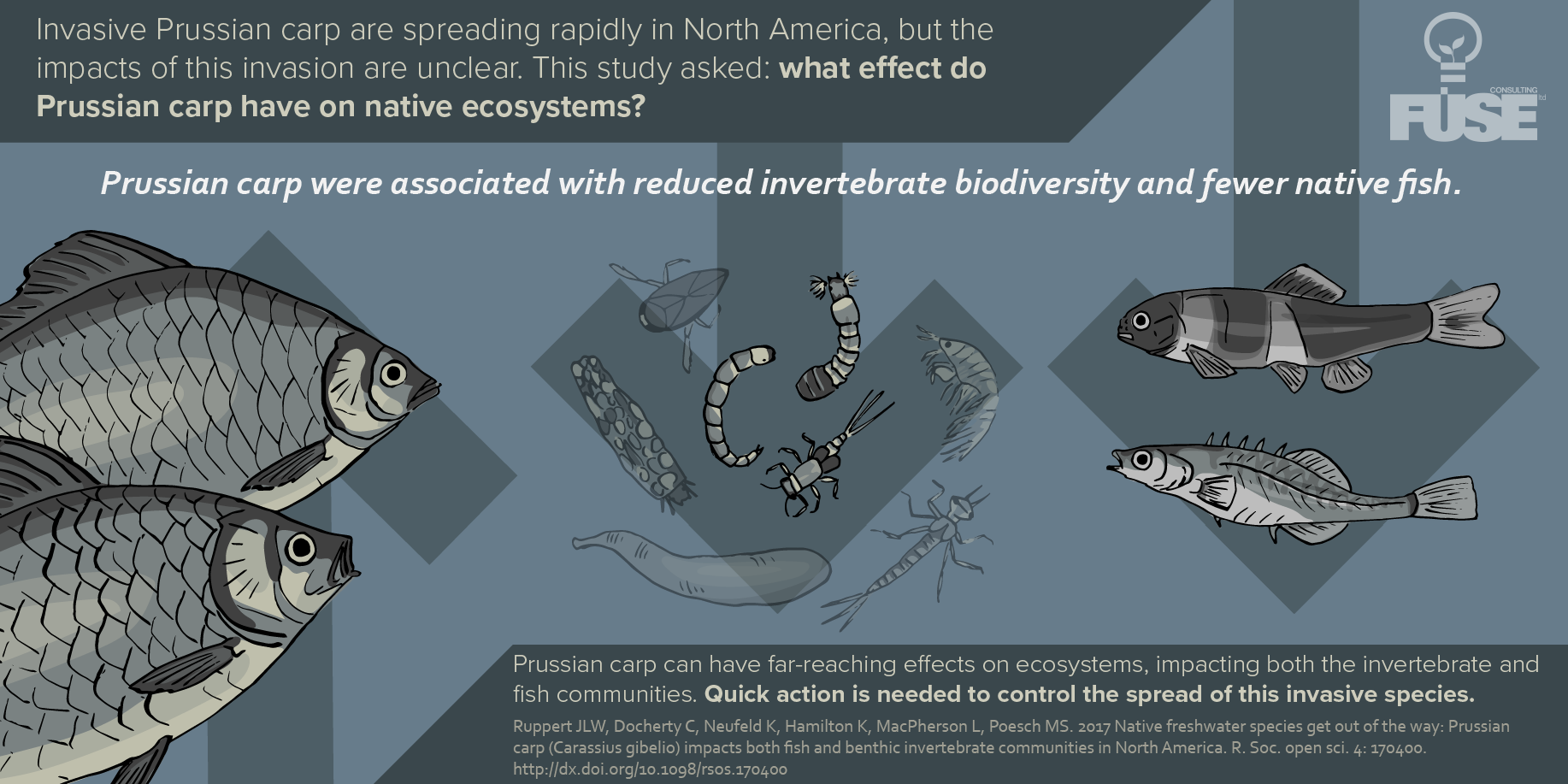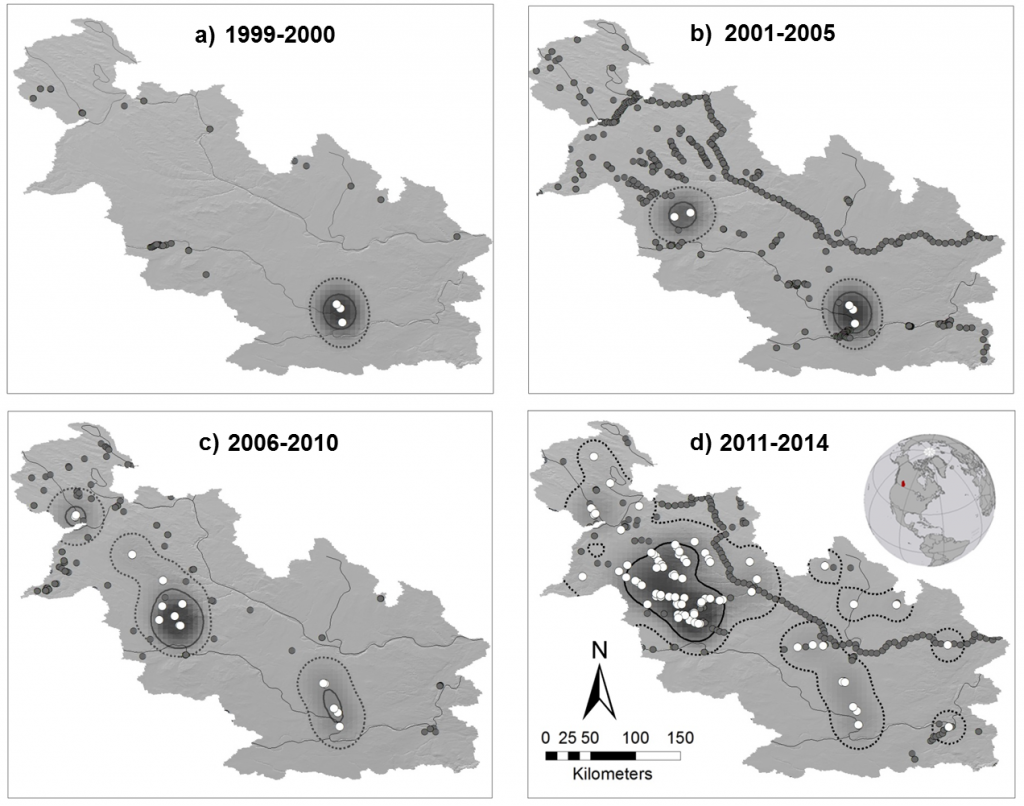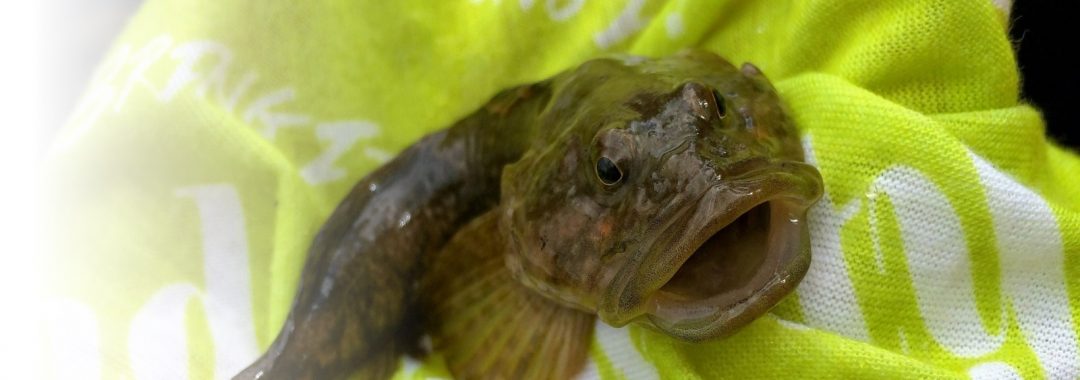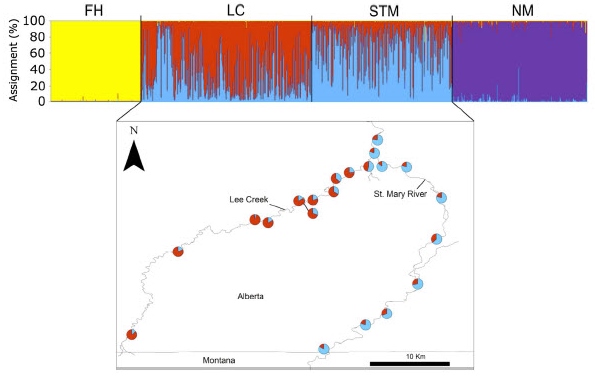Abstract:
Anthropogenic factors such as land-use change, pollution and climate change, can cause fragmentation and reduce the amount of habitat by altering preferred conditions. This process can also bring about novel species interactions and, in some cases, create or alter levels of hybridization between closely related species. We assessed the threat of hybridization to persistence of the Rocky Mountain Sculpin (Cottus sp.) and the Slimy Sculpin (Cottus cognatus) in the Flathead River drainage, British Columbia, Canada. Using 731 genetic samples, 10 polymorphic microsatellite loci and mitochondrial cytochrome C oxidase sequences, we assessed: (1) if there are differences in the distribution of Rocky Mountain Sculpin between contemporary and historical (35 years ago) records, (2) if hybridization is symmetrical in terms of sex specific parental contributions, and (3) if habitat preferences contribute to the distribution of pure parental and hybrid populations. We identified three hybrid locations and found that Rocky Mountain Sculpin have a distribution (1200 – 1902 m) that far exceeds the range limit reported 35 years ago (1200 – 1372 m). Additionally, hybrid mating appears to involve similar proportions of parents of both sexes from each species. Lastly, elevation, water conductivity, turbidity, and dissolved oxygen are significant factors predicting the presence of parental species. Only elevation was significant to hybrid presence. The contrasting associations of parental species with different habitat types appears to influence the extent and distribution of hybridization.
Citation: Rudolfsen, T.*, Ruppert, J.W.R.*, Davis, C., Taylor, R., Watkinson, D. and M.S. Poesch (2019) Habitat use and hybridization between the Rocky Mountain Sculpin (Cottus sp.) and Slimy Sculpin (Cottus cognatus). Freshwater Biology 64(3): 391-404.
Also Read:
*Lab members: Tyana Rudolfsen, Jonathan Ruppert, Mark Poesch. Check out opportunities in the lab!

